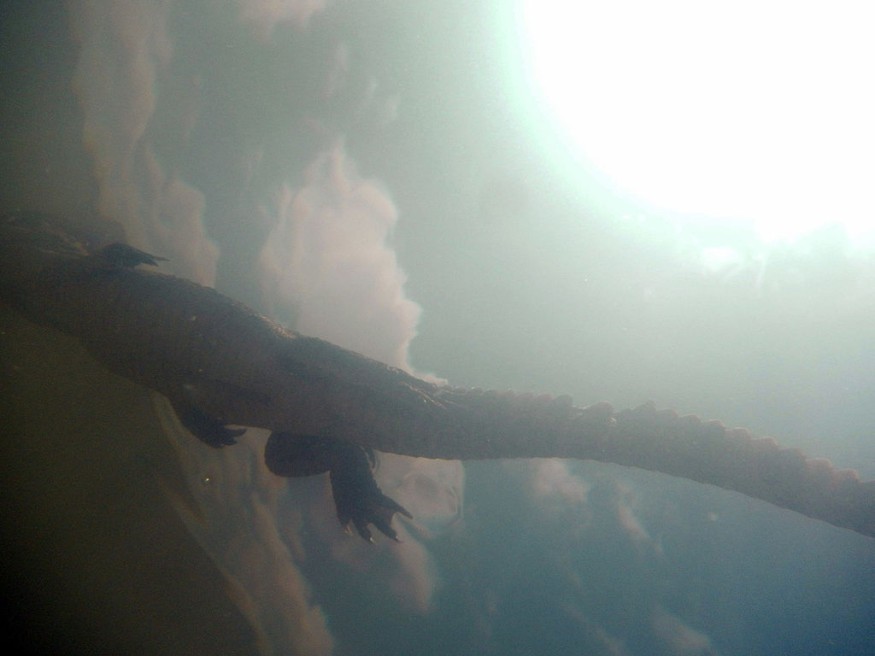
Life in the wild can be more fun than you think. Thanks to our wildlife photographers, these unseen moments have continued to be documented and shared to the world.
For instance, a sweet father and children moment was captured in a wildlife reserve in India among gharial crocodiles.
It was shown that the crocodile dad gave his youngsters a ride on his back while crossing the river.
Award-winning wildlife photographer, Dhritiman Mukherjee, said more than 100 babies swarmed over the gharial in the Chambal River.
The never-before seen photo were shot within a safe distance using a 70-200mm camera lens, since getting too close to a male croc while guarding his young hatchlings can cost you later.
"I am making it clear that I am not an artist," Mukherjee told PetaPixel over a video call from Kolkata, India. "The difference is that the artist works on wildlife to satisfy an artistic ambition or artistic goal. I use it to achieve my scientific goal - for conservation."
Conservation Issues in a Photograph
Mukherjee considers photography as a means and outlet to tackle conservation issues the world faces today, which is why he is typically out for 300 days a year to travel the outskirts of the world's wildlife reserves, exhibited on the dhritiman website.
While he does not specifically consider himself an artist, it has been his mission to capture images of highly endangered species, including gharials, whose maximum population is concentrated in the Chambal River, according to the National Chambal Sanctuary.
In June 2017, Mukherjee travelled a little less than 200 miles southeast of the capital city of New Delhi to fulfill his mission.
It was this one particular morning that he was able to accidentally come across the scene, which would not have been possible if not for the "good connections" and "very good local network".
"I keep getting information from the local people, scientists, naturalists, and forest department officials. And this was not my first visit to the region. I have been here a few times...I keep going there," he added, noting that Chambal has the maximum population of gharials as of now.
"This was a big mature male, 16-17′, quite known [to forest officials] and had mated with 7-8 females. The kids you see on his back are from multiple females."
A Fatherly Love
With a very narrow snout, it was almost impossible for the father crocodile to carry his young in his mouth, which is what they naturally do.
Hence, his kids must cling to his head and back to provide both protection and a close parental connection.
The gharial (Gavialis gangeticus), also called the gavial, is a fish-eating member of the order Crocodilia, found primarily in Indian and Nepal rivers.
They are among the longest of all living crocodilians reaching lengths of up to 20 feet (6.1m).
Members of this order include "true" crocodile, alligator, caiman, and gharial.
The gharial species have been critically endangered, but wildlife experts said their numbers have gone up in the last few years.
There are only about 650 of them from 2017, although there has been some increase in the freshwater rivers of India and Nepal, according to the IUCN Red List.
The culprit is mostly depletion of habitats.
Related article : Sea Sponges Found 'Extremely Bleached' in New Zealand Waters
© 2025 NatureWorldNews.com All rights reserved. Do not reproduce without permission.





